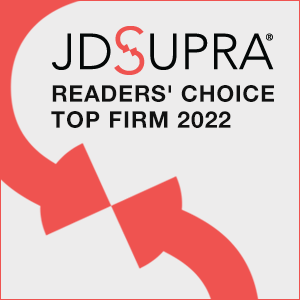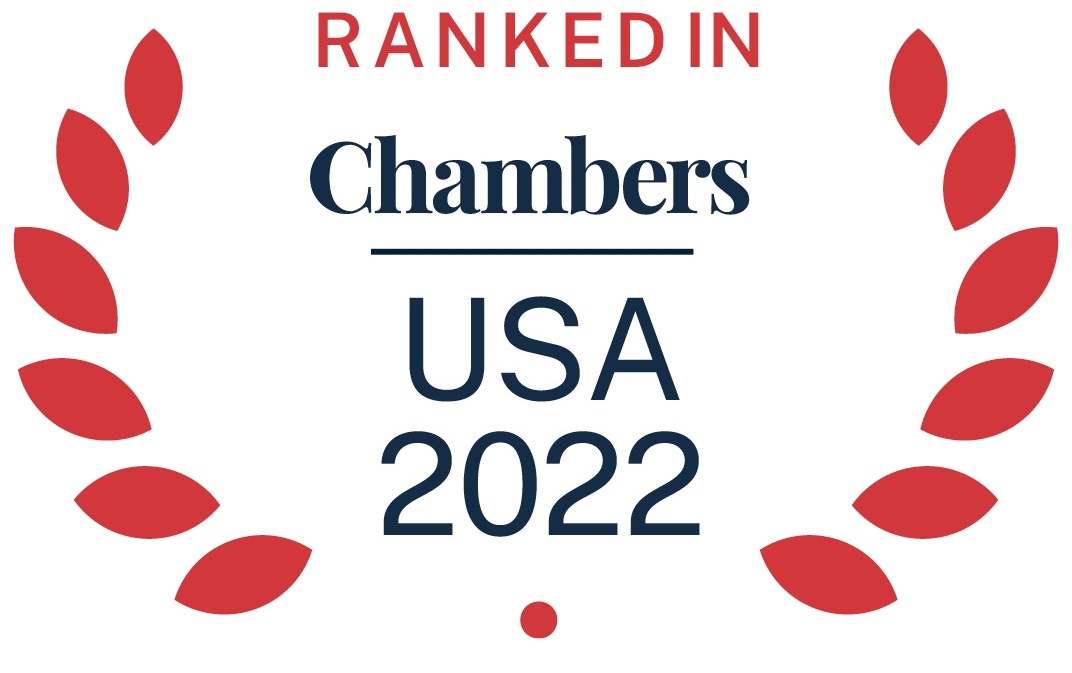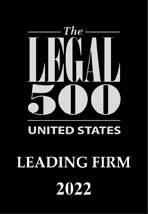The acting director of the US Patent & Trademark Office (PTO) vacated and remanded a Patent Trial & Appeal Board decision to institute two inter partes review (IPR) petitions that challenged the same claims. The acting director determined that the two petitions primarily differed with respect to claim construction. In a decision designated as “informative,” he authorized the Board to resolve claim construction pre-institution in view of the Consolidated Trial Practice Guide’s (CTPG) direction that “one petition should be sufficient to challenge the claims of a patent in most situations.” CrowdStrike, Inc. v. GoSecure, Inc., IPR2025-00068; -00070 (PTAB June 25, 2025) (Stewart, Act. Dir.) The PTO designates a decision as informative when it provides “norms on recurring issues, guidance on issues of first impression to the Board, guidance on Board rules and practices, and guidance on issues that may develop through analysis of recurring issues in many cases.”
CrowdStrike submitted two IPR petitions that challenged the same claims of GoSecure’s patent. The Board instituted both IPRs. GoSecure requested director review, asserting that instituting both petitions was an abuse of the Board’s discretion. On review, the acting director determined that the Board abused its discretion in view of the CTPG’s direction.
The acting director concluded that the two petitions did not reflect an exception to the CTPG’s direction. He determined that CrowdStrike’s petitions were primarily distinguished by the constructions applied to a claim term. The acting director explained that the Board should have construed the term at issue prior to granting institution, concluding that the Board’s institution decision amounted to improper expansion of CrowdStrike’s permitted word count and placed a substantial and unnecessary burden on the Board and GoSecure that could raise fairness, timing, and efficiency concerns. The acting director vacated and remanded the Board’s institution decision.
The acting director also instructed the Board that the patent owner should be allowed to “submit whatever arguments are necessary for the panel to make a claim construction determination” even if the patent owner has not addressed the issue.
read more

 Subscribe
Subscribe


